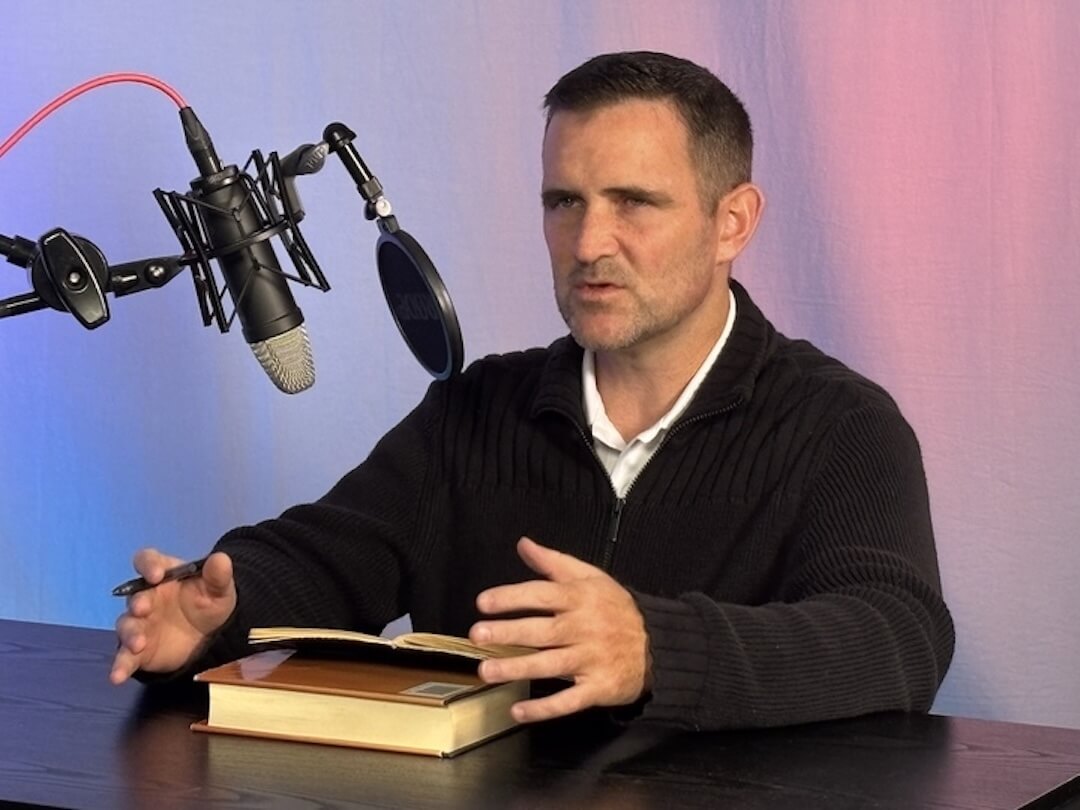This article originally appeared in Try This! — Tools for Journalism, our newsletter about digital tools. Want bite-sized news, tutorials and ideas about the best digital tools for journalism in your inbox every Monday? Sign up here.
The Daily came before its time. And I’m not talking about the podcast from The New York Times.
Less than a year after Apple released the iPad in 2010, News Corporation built a daily news publication that existed exclusively for the device.
The Daily was short and punchy. Like many publishing apps at the time, it mimicked print layouts but added interesting flourishes like interactives and videos. It had more 100,000 customers who paid 99 cents each week or $40 annually to read it. But News Corp. axed it after fewer than two years, citing a $30 million annual operating loss.
Don’t remember? You’re not alone. I just polled my colleagues and none of them could.
But maybe we should have.
New research from Twipe, a digital publishing company that focuses on newspapers, shows “great opportunity” for publishers to adopt what it calls “digital-only editions.” The research looked at eight organizations in Europe that publish finite bundles of digital content on fixed schedules. In less jargony terms, they’re sort of like e-editions of existing publications but more curated, more digital-focused and easier to read.
The editions in the study weren’t all what I’d call wildly successful. But they are all fairly innovative and actually reflect reality in both the ways readers interact with and pay for our work (tell me your news website isn’t like this).
Publications like the Espresso from the Economist deliver daily news briefings right to users’ devices, notify them when they’re there and allow for more depth than something like an email newsletter.
I like them because they’re quick to read, often offer games or lighthearted content alongside my doom and gloom (like newspapers traditionally do) and help me feel like I know the things I need to know on any given day.
Digital editions are a return to news as a finite lifestyle product and not a constant gnawing at the back of my push alert-addled mind. And I welcome more of them.
MENTEES WANTED: Like many industries, journalism has a huge disparity problem with women in leadership. Women run only three of the top 25 publications in the U.S., and that number is getting worse. Poynter and the Online News Association began providing leadership training for women in 2015 and many of those women have decided to give back with free 30-minute mentorship sessions on just about every topic imaginable. I’d sign up in an instant if I could.
+ Scheduling hundreds or more meetings with dozens of busy people could have been a logistical nightmare. But Katie Hawkins-Gaar, my friend and colleague, leaned on Calendly to take all of the guesswork out. Calendly is a must-have scheduling tool that allows the mentors to designate available times and mentees to select from them. Then Calendly updates both parties’ calendars and provides contact info. No more email back-and-forths.
FIX THIS: Leadership isn’t the only aspect of journalism that does a disservice to women. We tend to interview men more often, which means that those men will be interviewed more often in the future, which serves to perpetuate the male domination of certain industries, especially the sciences. So what do you do when you can’t find a female expert on a particular subject? Search harder. Women Also Know Stuff provides a database of women who work in political science (they also link to databases of women experts in several other fields).
+ I've mentioned this before, but I also use Expertise Finder on occasion and have gotten a lot of use out of it.
AUDIO STAR: Ever tried to record a podcast on a computer you regularly use for other purposes? What about just a screencast? Good luck getting the audio to go where you want it. I try not to share pricy tools in this newsletter because I’m broke and I know some of you are, too. But Loopback (Mac only) could have saved me from buying a $350 mixer and a hundred bucks worth of cables if I’d known about it a few years ago.
BAD NEWS: Facebook has suggested tagging people it thinks are in photos for years now. But the social network expanded its facial recognition a bit earlier this year to, among other things, tell users when it thinks they’re in photos uploaded by friends and family who haven’t tagged them. Facebook also said the expanded capabilities would help to crack down on phony accounts that use real Facebook users’ photos. That’s not entirely accurate. The Washington Post just revealed that the tool only searches “within a user’s circle of friends and friends of friends” and not the entire billions-strong user base (where it would be a lot more useful).
+ If you have a Twitter account, it’s time to change your password. The site just revealed that it had mistakenly stored passwords as “readable text” for several months. If you use the same password on other sites, change those, too. And then stop doing that. While you’re at it, turn on Twitter’s login verification feature. It’ll ask you additional information every time you log in to make sure you’re you.
SIT UP: You’re reading a newsletter about digital stuff so I can probably assume you’re sitting in a chair right now. Are you leaned forward, back arched slightly, shoulders up? Be honest. I was, too, until I read these quick tips about how to sit better. You think I’d be good at it by now.
FROM POYNTER: Some facts: Transcribing audio is one of the most painful and tedious parts of journalism. Advancements in machine learning over the last year or two have made automatic transcription tools about 95 percent accurate at their best. It’s also possible to edit the audio itself by editing the resulting transcript. I led an online training session last week that shows you how to do it with a tool called Descript. You can still sign up and watch without paying a cent.
+ We’re also launching our next iteration of a program some people call “Table Stakes” (they assure me it’s a poker reference and entirely vegetarian friendly). It’s an intensive program designed to help newsrooms create audience-focused, digital first newsrooms. It’s starting soon.
Try This! is powered by Google News Initiative. It is also supported by the American Press Institute and the John S. and James L. Knight Foundation.







